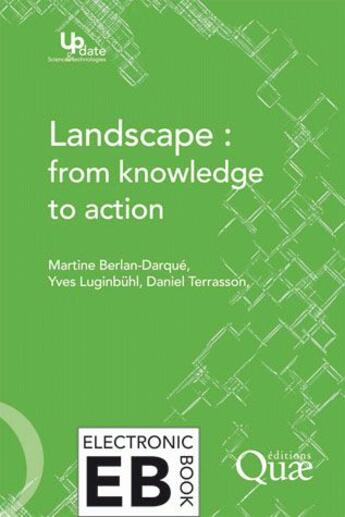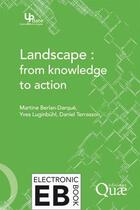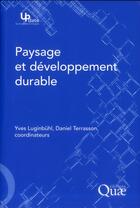-
Date de parution : 17/05/2019
-
Editeur :
Quae
-
EAN : 9782759200603
-
Série :
(-)
-
Support :
Papier
Résumé:
Like public actions focusing on the landscape, research in this field has greatly increased in recent years in many countries. This trend gives rise to certain questions, both in relation to the connection between research and action and to the impact of policy on actual landscapes and the... Voir plus
Like public actions focusing on the landscape, research in this field has greatly increased in recent years in many countries. This trend gives rise to certain questions, both in relation to the connection between research and action and to the impact of policy on actual landscapes and the social groups they are home to. This book is a collection of the contributions of researchers who have analysed examples of landscape actions, primarily in Europe, on the basis of actual experiences. Its aim is to share these experiences and to examine the relationship between scientific knowledge and the need for action. It illustrates the diversity of situations and ideas found in Europe today and addresses the following issues: challenges facing landscape action, relationships between landscape and public space within the urban context, ideas underlying policy development and implementation and, finally, channels for public participation.
This book is intended for stakeholders involved in the implementation of landscape policy, as well as for students, teachers and researchers interested in the transfer of research results for the benefit of landscape action.
Martine Berlan-Darqué, a sociologist with INRA, was a social sciences advisor for the French Ministry of Ecology and Sustainable Development's research and planning division from 1989 to 2005.
Yves Luginbühl is an agronomist and holds a PhD in geography. He is a CNRS research director in Paris. He has acted as an advisor to the French Ministry of the Environment on landscape policies.
Daniel Terrasson is an agronomist. He was responsible for coordinating the Public Policies and Landscapes programme for the French Ministry of the Environment.
Donner votre avis










